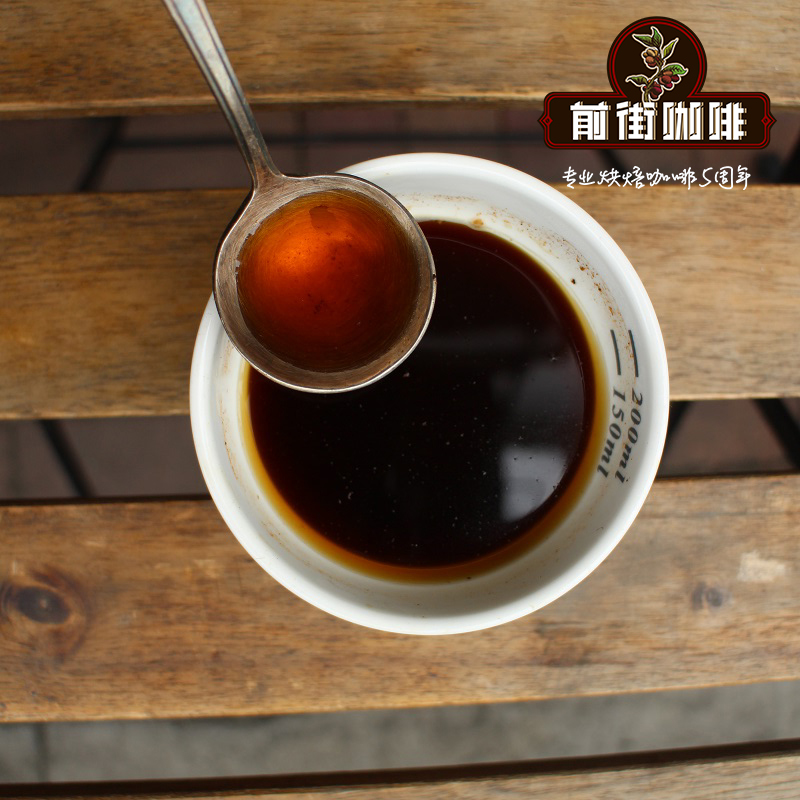What are Malaggippe coffee beans? Why are there so few beans on the market?

Professional coffee knowledge exchange more coffee bean information please follow the coffee workshop (Wechat official account cafe_style)
Nicaraguan coffee is not well known in Taiwan these years, except for the traditional high-altitude typical tree species such as Maragogype and Java tree beans, which are rarely mentioned by coffee lovers.
In fact, the growing conditions of Nicaraguan coffee are not inferior to those of Central American countries. Shaded coffee grown at high altitudes has a round, balanced taste and less sharp acidity. Together with neighboring Honduras to the north, it has become another coffee trend in Central America in the past year or two. Annual exports amount to US $200 million. 33, 000 families in the country are engaged in coffee production and provide about 200000 jobs. Most of the fine coffee beans come from the central Jinotega and Matagalpa regions. In recent years, coffee trees are mainly catarra, with some typical and bourbon, and so on. Excellent Nicaraguan coffee will be printed on the bean bag (S.H.G) to represent coffee beans produced at high altitude.
In the early years, most coffee was purchased by large coffee merchants and farms, and there were few separate small coffee farms and cooperatives. In recent years, Nicaragua has improved the quality of roads and coffee cup test competitions and other incentives, so that many farmers with vision and ideals are committed to the improvement of coffee quality. Coupled with the long-term funding of the Fair Trade Association (F.T) and the Organic Agriculture improvement Association (O.C.I.A) for the construction of basic production facilities and tutoring in planting technology, more and more small coffee estates and coffee cooperatives have gradually established their own farms around the world. Coffee is mostly harvested from December to March and will be sold in the market from April to July.
This kind of beans are seldom seen on the market.
Rare quantity and high price have always been the fate of boutique coffee beans. Compared with the giant elephant beans with less output than other varieties, it is self-evident that the price of its high-quality beans is high. As the saying goes, there are a lot of good things, and the following is worth taking a look at the reaction from the actual visit to the market.
Raw beans are expensive: water can carry a boat and overturn it. The unique conditions of giant elephant beans include that too high trees are not easy to harvest and too large fruits are not easy to wash (refer to the overview of fine (top) coffee), resulting in low willingness of coffee farmers to grow. Thus, the output is scarce and the material is precious.
Baking is not easy: big beans are an extremely severe test for the quality of the roaster and the roaster's skills. With a little carelessness, the baked beans are either raw or overcooked. What is even more frightening is that the baking is uneven, both raw and cooked.
Misconception: the shortcomings of beans mentioned in many coffee books and teaching materials. Although the beans are beautiful, the contents are thin, the flavor is insipid, and so on. Indeed, in the early days and even today, bean merchants introduced consumers who valued the appearance of beans because of the beautiful size of elephant beans. Unfortunately, as a result of cost considerations, most of the low-altitude elephant beans were introduced. Just in line with coffee storytellers and the owners of bakeries and cafes, such as beans are not good beans.
END
Important Notice :
前街咖啡 FrontStreet Coffee has moved to new addredd:
FrontStreet Coffee Address: 315,Donghua East Road,GuangZhou
Tel:020 38364473
- Prev

Colombian pink bourbon introduces the flavor of Colombian pink bourbon coffee
Professional coffee knowledge exchange more coffee bean information Please pay attention to the coffee workshop (Wechat official account cafe_style) although Colombia is a famous coffee producing area, it may not get good coffee, because most of the boutique grade coffee beans (specialtycoffee) are exported, after all, the consumption power is different, and the consumption power of many countries is much higher than that of Colombia. The third largest in the world
- Next

How much is Ye Jia Xuefei? is Ye Jia Xuefei suitable for adding milk? hand flush Ye Jia Xuefei method
Professional coffee knowledge exchange more coffee bean information please follow the coffee workshop (Wechat official account cafe_style) Yirgacheffe grows in the famous mountains and forest areas of southwest Ethiopia, coffee beans belong to small and medium particles, the color of raw beans is slightly yellowish green, the shape is beautiful and complete. With moderate acidity and African mocha style, it is a high-quality washed Arabica bean. this
Related
- Beginners will see the "Coffee pull flower" guide!
- What is the difference between ice blog purified milk and ordinary milk coffee?
- Why is the Philippines the largest producer of crops in Liberia?
- For coffee extraction, should the fine powder be retained?
- How does extracted espresso fill pressed powder? How much strength does it take to press the powder?
- How to make jasmine cold extract coffee? Is the jasmine + latte good?
- Will this little toy really make the coffee taste better? How does Lily Drip affect coffee extraction?
- Will the action of slapping the filter cup also affect coffee extraction?
- What's the difference between powder-to-water ratio and powder-to-liquid ratio?
- What is the Ethiopian local species? What does it have to do with Heirloom native species?

